Home>Furniture & Design>Outdoor Furniture>What Wattage Should Outdoor Lights Be
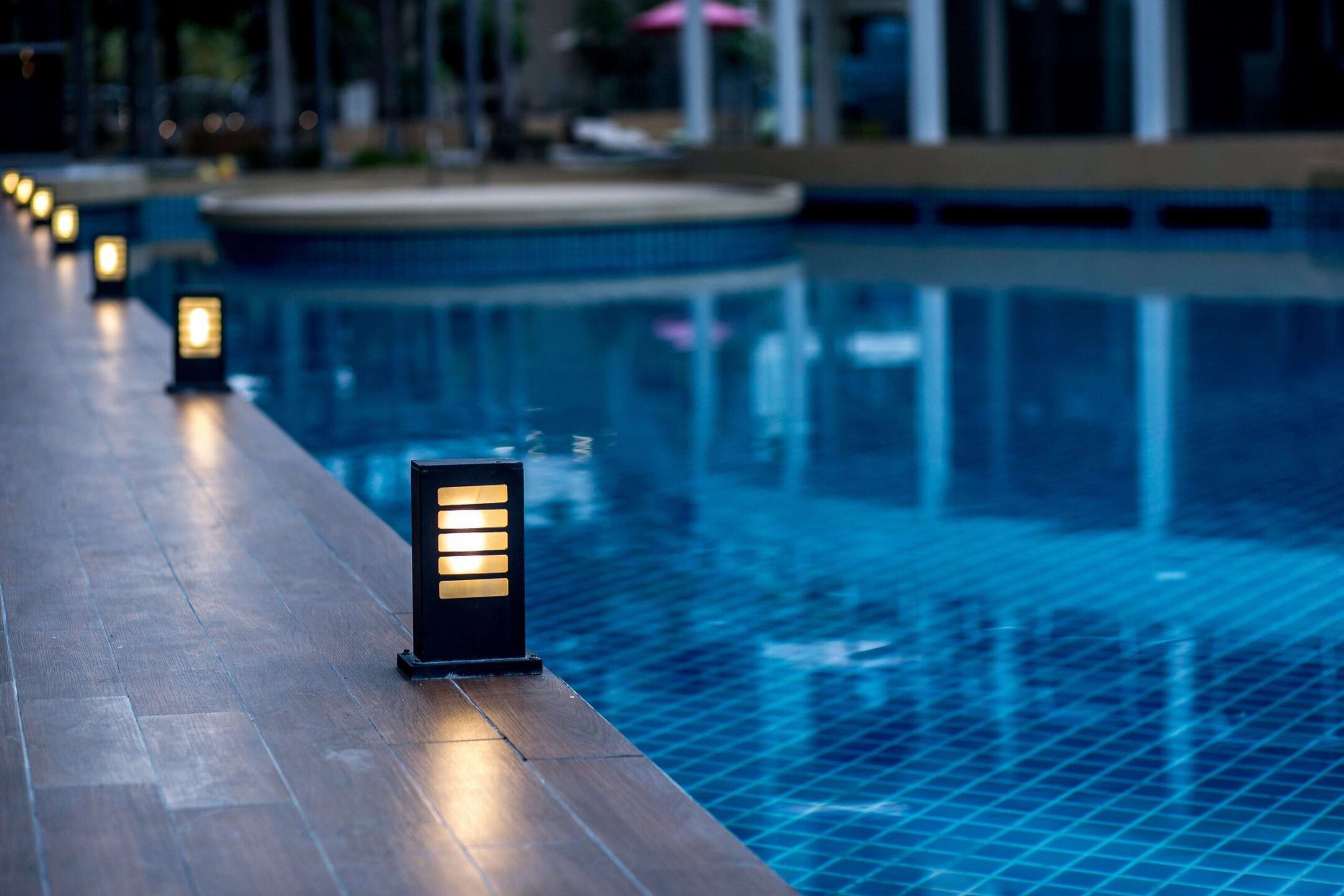

Outdoor Furniture
What Wattage Should Outdoor Lights Be
Published: January 12, 2024
Discover the ideal wattage for outdoor lights to enhance your outdoor furniture and design. Find the perfect balance for a well-lit and inviting outdoor space.
(Many of the links in this article redirect to a specific reviewed product. Your purchase of these products through affiliate links helps to generate commission for Storables.com, at no extra cost. Learn more)
Introduction
When it comes to outdoor lighting, choosing the right wattage is crucial in creating the perfect ambiance and ensuring functionality. The wattage of outdoor lights determines not only their brightness but also their energy consumption and overall effectiveness in illuminating outdoor spaces. Whether you're lighting up a cozy patio, a sprawling garden, or a charming pathway, understanding the appropriate wattage for outdoor lights is essential for achieving the desired aesthetic and practical outcomes.
In this comprehensive guide, we'll delve into the factors to consider when selecting outdoor light wattage, explore the recommended wattage for various types of outdoor lights, and discuss the significance of energy efficiency and cost considerations. By the end of this article, you'll be equipped with the knowledge to make informed decisions about outdoor light wattage, enabling you to transform your outdoor living spaces into inviting and well-lit havens.
Let's embark on a journey through the intricacies of outdoor lighting and discover the art of wattage selection, illuminating the path to creating captivating outdoor environments while optimizing energy usage and minimizing costs.
Key Takeaways:
- Choose outdoor light wattage based on area size, purpose, design, and control features. Tailoring wattage to specific needs creates inviting and efficient outdoor spaces while minimizing unnecessary costs.
- Prioritize LED technology, lumens over wattage, and lighting controls for energy-efficient outdoor lighting. This approach balances effective illumination with environmental sustainability and long-term cost savings.
Read more: What Wattage Should A Porch Light Be
Factors to Consider When Choosing Outdoor Light Wattage
When determining the appropriate wattage for outdoor lights, several essential factors should be taken into account to ensure optimal functionality and visual appeal.
- Area Size: The size of the outdoor area to be illuminated plays a pivotal role in determining the suitable wattage for outdoor lights. Larger spaces generally require higher wattage to achieve adequate brightness and coverage, while smaller areas may necessitate lower wattage for a more subtle and intimate lighting effect.
- Lighting Purpose: Understanding the specific purpose of the outdoor lighting is crucial. Whether it’s for security, accentuating landscaping features, or creating a welcoming ambiance, the intended use will influence the ideal wattage. Security lighting, for instance, typically requires higher wattage to ensure sufficient brightness for enhanced visibility.
- Lighting Placement: The placement of outdoor lights, such as wall-mounted fixtures, pathway lights, or overhead illumination, impacts the wattage needed. Lights placed higher or farther from the target area may require higher wattage to compensate for the increased distance and achieve the desired illumination level.
- Lighting Design: The overall design and style of the outdoor lighting scheme should align with the wattage chosen. For instance, decorative accent lights may require lower wattage to create a gentle, atmospheric glow, while functional task lighting, such as floodlights or spotlights, may demand higher wattage for practical illumination.
- Lighting Control: Consider whether the outdoor lights will be equipped with dimmers, motion sensors, or timers. These control features can influence the wattage requirements, as dimmable lights may allow for flexibility in adjusting brightness levels, potentially requiring lower wattage for general use.
By carefully assessing these factors, you can make informed decisions about outdoor light wattage, ensuring that the chosen wattage aligns with the specific requirements of the outdoor space and the intended lighting objectives. This thoughtful approach will contribute to creating an inviting and functional outdoor environment while optimizing energy usage and minimizing unnecessary costs.
Recommended Wattage for Different Types of Outdoor Lights
Choosing the appropriate wattage for various types of outdoor lights is essential for achieving the desired illumination and ambiance. Different outdoor lighting fixtures and applications require specific wattages to fulfill their intended purposes effectively. Here are the recommended wattages for common types of outdoor lights:
- Pathway Lights: For gentle pathway illumination, low-voltage pathway lights typically range from 4 to 6 watts, while line voltage options may require 11 to 18 watts, depending on the desired brightness and coverage.
- Deck and Step Lights: These discreet fixtures often utilize 2 to 3 watts for subtle accent lighting, ensuring safety and aesthetics without overpowering the surrounding area.
- Floodlights: Floodlights, commonly used for security and broad area illumination, typically range from 10 to 100 watts, with higher wattages offering increased brightness and coverage.
- Spotlights: Spotlights used for highlighting specific features or architectural elements generally range from 5 to 15 watts, depending on the size and distance of the targeted objects.
- String Lights: For decorative and festive lighting, string lights often range from 5 to 25 watts per bulb, creating a warm and inviting atmosphere for outdoor gatherings and events.
- Wall-Mounted Lights: Outdoor wall-mounted lights, such as sconces and lanterns, may range from 40 to 100 watts, providing both functional and aesthetic illumination for entryways, patios, and outdoor living spaces.
It’s important to note that these recommended wattages serve as general guidelines, and specific factors, such as the area size, lighting purpose, and design preferences, should be considered when determining the ideal wattage for each outdoor lighting application. By tailoring the wattage to the unique requirements of each lighting fixture, you can optimize the visual impact and efficiency of your outdoor lighting scheme, creating a captivating and well-lit outdoor environment.
When choosing outdoor lights, consider using LED lights with a wattage between 10-20 watts for pathways and 20-50 watts for security lighting. This will provide adequate brightness while also being energy efficient.
Energy Efficiency and Cost Considerations
When selecting outdoor light wattage, it’s essential to consider energy efficiency and the associated costs to minimize environmental impact and optimize long-term savings. By making informed choices regarding wattage and light fixtures, you can enhance energy efficiency while effectively managing operational expenses.
LED Technology: Opting for outdoor lights equipped with LED (Light Emitting Diode) technology can significantly improve energy efficiency. LED lights consume less energy than traditional incandescent or halogen bulbs while offering impressive brightness and longevity. Additionally, LED lights are available in a wide range of wattages, providing flexibility in achieving the desired lighting effects while conserving energy.
Wattage Versus Lumens: Rather than focusing solely on wattage, considering the lumens produced by the outdoor lights is crucial for evaluating brightness. Lumens measure the total amount of visible light emitted by a light source, providing a more accurate indication of brightness than wattage alone. By prioritizing lumens and selecting energy-efficient light sources, you can achieve the desired illumination using lower wattages, leading to reduced energy consumption and operating costs.
Lighting Controls: Implementing lighting controls, such as timers, motion sensors, and dimmers, can further enhance energy efficiency by regulating the usage and brightness of outdoor lights based on specific needs and time frames. Motion sensors, for example, can ensure that lights are only activated when necessary, reducing unnecessary energy consumption. Dimmers offer the flexibility to adjust brightness levels, allowing for tailored illumination while conserving energy.
Life Cycle Cost Analysis: Conducting a life cycle cost analysis can provide valuable insights into the long-term financial implications of outdoor lighting choices. By considering factors such as initial purchase costs, energy consumption, maintenance, and replacement expenses, you can make informed decisions that prioritize energy efficiency and cost-effectiveness over the entire lifespan of the outdoor lighting system.
By integrating energy-efficient technologies, prioritizing lumens over wattage, and implementing effective lighting controls, you can strike a balance between illuminating outdoor spaces effectively and minimizing energy consumption. This approach not only contributes to environmental sustainability but also offers the potential for substantial cost savings over time, making the investment in outdoor lighting both environmentally and financially rewarding.
Conclusion
Choosing the right wattage for outdoor lights is a multifaceted decision that goes beyond simply achieving adequate brightness. It involves a thoughtful consideration of various factors, including the size of the outdoor area, the intended lighting purpose, and the design elements that contribute to the overall ambiance. By carefully evaluating these factors, you can tailor the wattage of outdoor lights to meet specific needs while maximizing energy efficiency and minimizing costs.
Understanding the recommended wattages for different types of outdoor lights provides a valuable starting point for selecting fixtures that align with your lighting objectives. Whether it’s illuminating pathways with subtle charm, accentuating architectural features, or providing security and functionality, the appropriate wattage plays a crucial role in achieving the desired outcomes.
Energy efficiency and cost considerations further underscore the importance of making informed decisions about outdoor light wattage. Embracing LED technology, prioritizing lumens over wattage, and implementing lighting controls are pivotal steps toward reducing energy consumption and optimizing long-term savings. By taking a holistic approach that encompasses environmental impact and financial implications, you can create a well-lit outdoor environment that harmonizes with sustainability and cost-effectiveness.
In essence, the art of wattage selection for outdoor lights intertwines creativity, functionality, and responsible energy management. It empowers you to transform outdoor living spaces into captivating havens while embracing the benefits of energy-efficient lighting solutions. By embracing the insights shared in this guide, you are poised to embark on a journey of illuminating outdoor spaces with the perfect wattage, striking a harmonious balance between visual allure, practicality, and sustainability.
As you embark on your outdoor lighting endeavors, may the interplay of wattage, efficiency, and aesthetics converge to illuminate your outdoor spaces with brilliance and purpose, enriching your outdoor experiences and contributing to a brighter, more sustainable future.
Frequently Asked Questions about What Wattage Should Outdoor Lights Be
Was this page helpful?
At Storables.com, we guarantee accurate and reliable information. Our content, validated by Expert Board Contributors, is crafted following stringent Editorial Policies. We're committed to providing you with well-researched, expert-backed insights for all your informational needs.
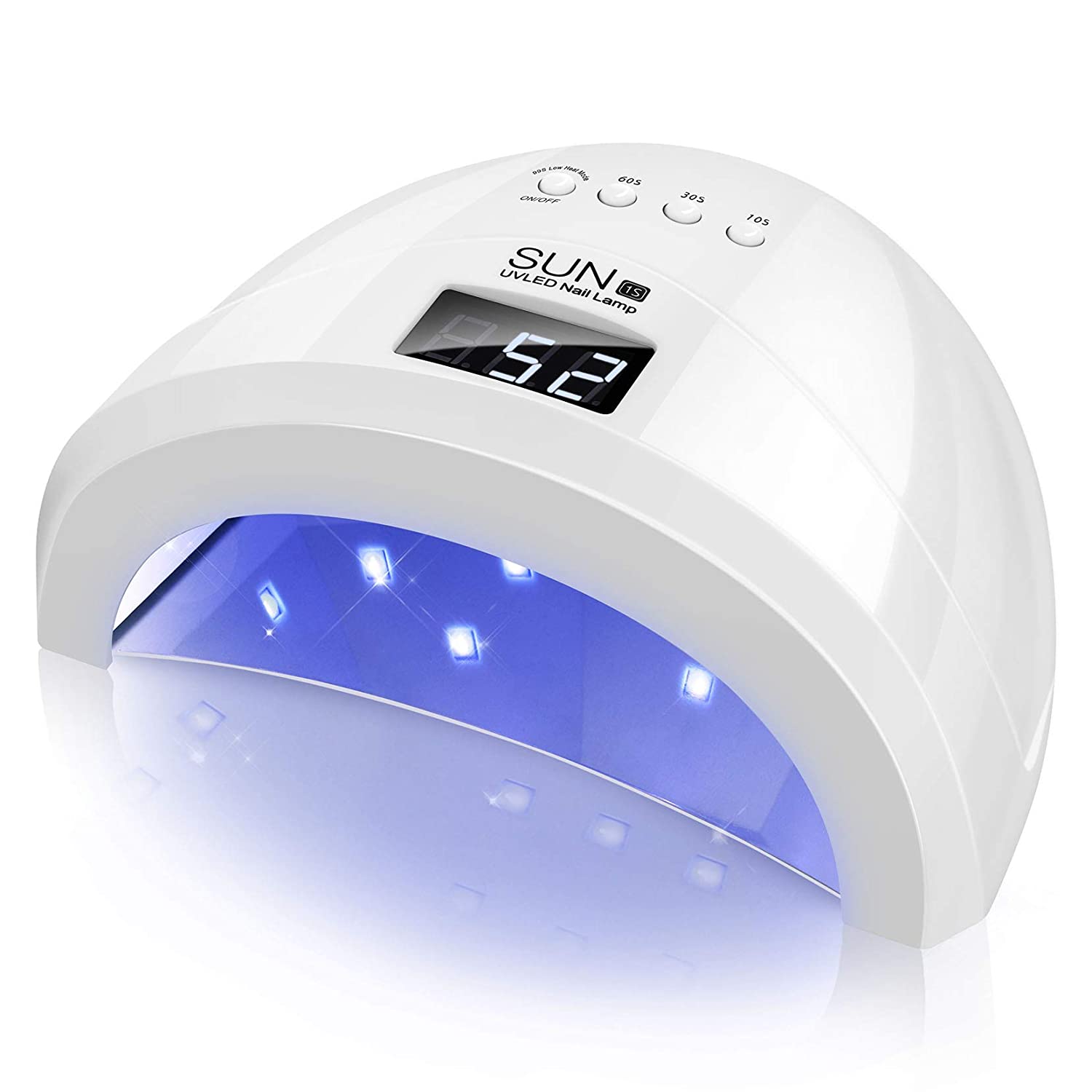
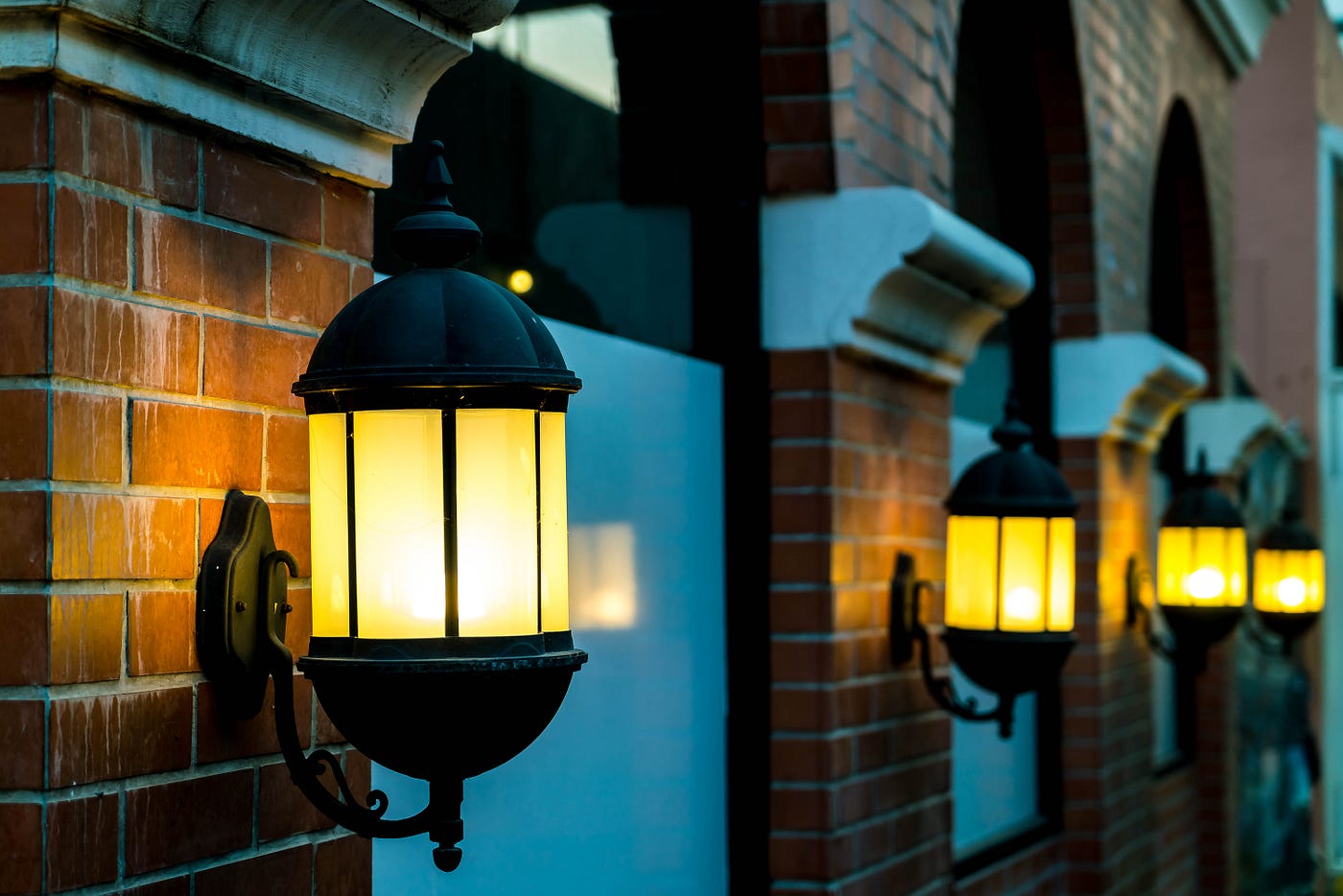
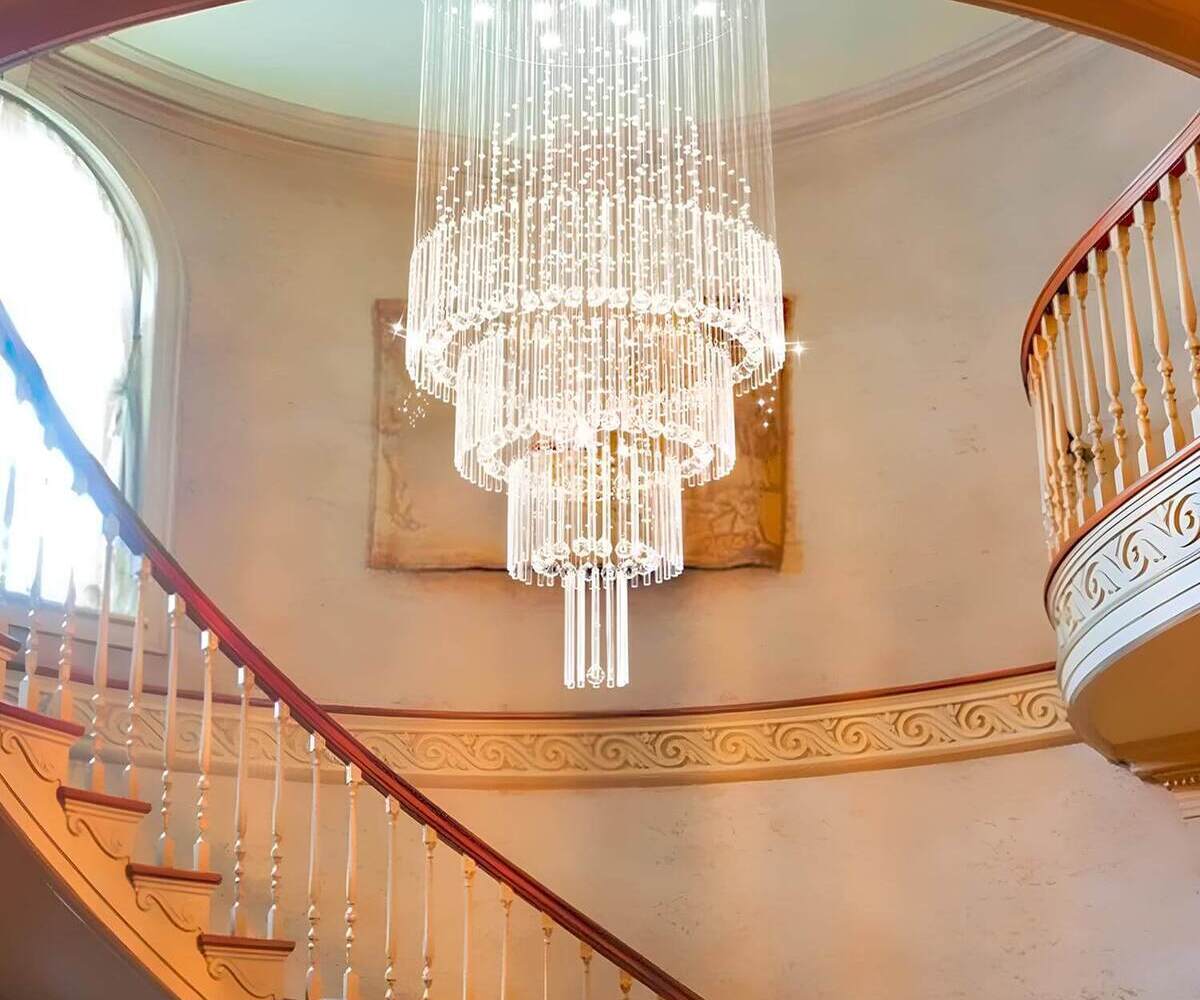
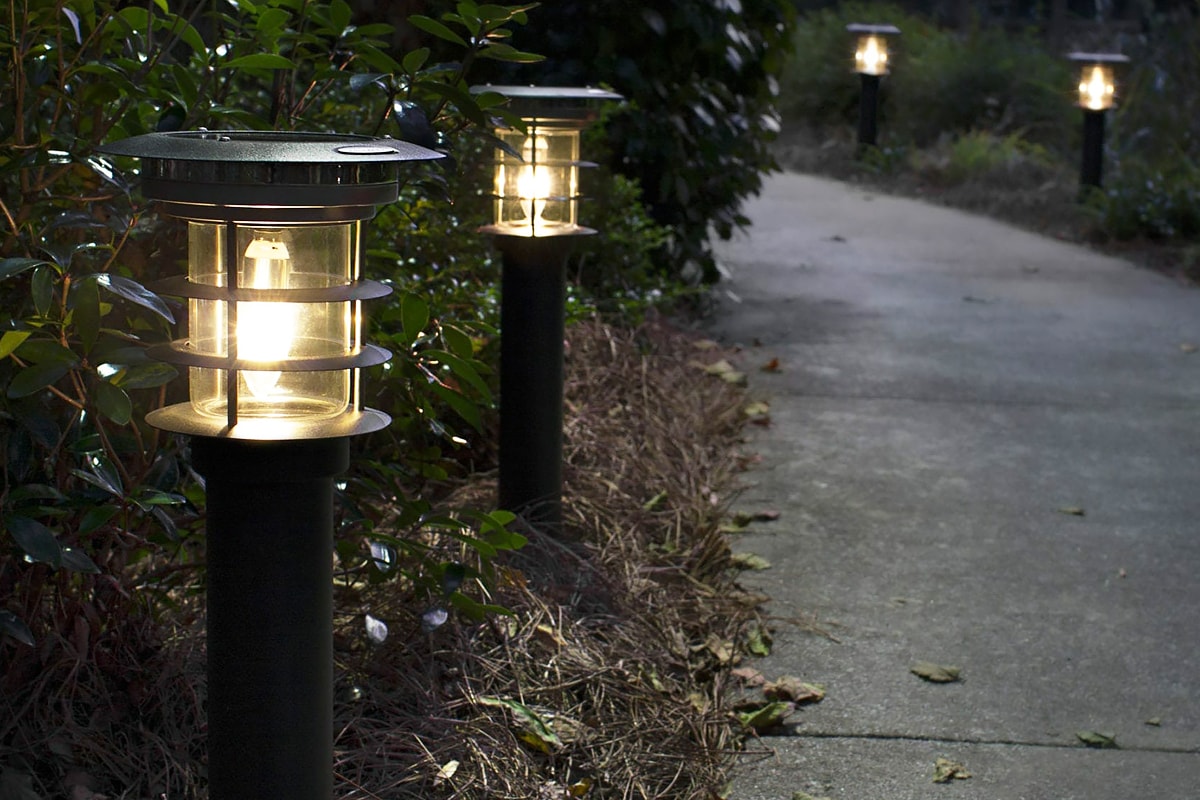
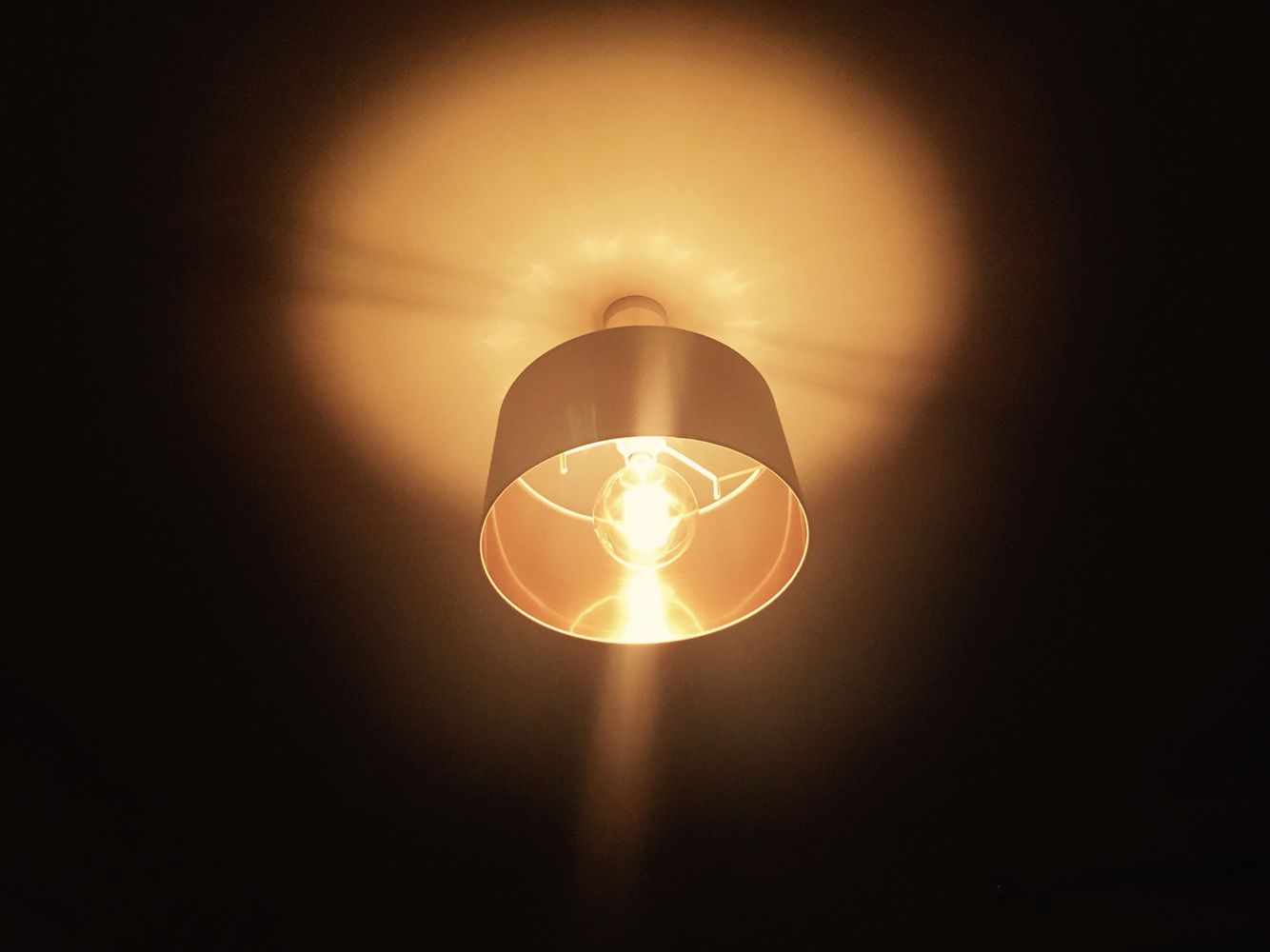

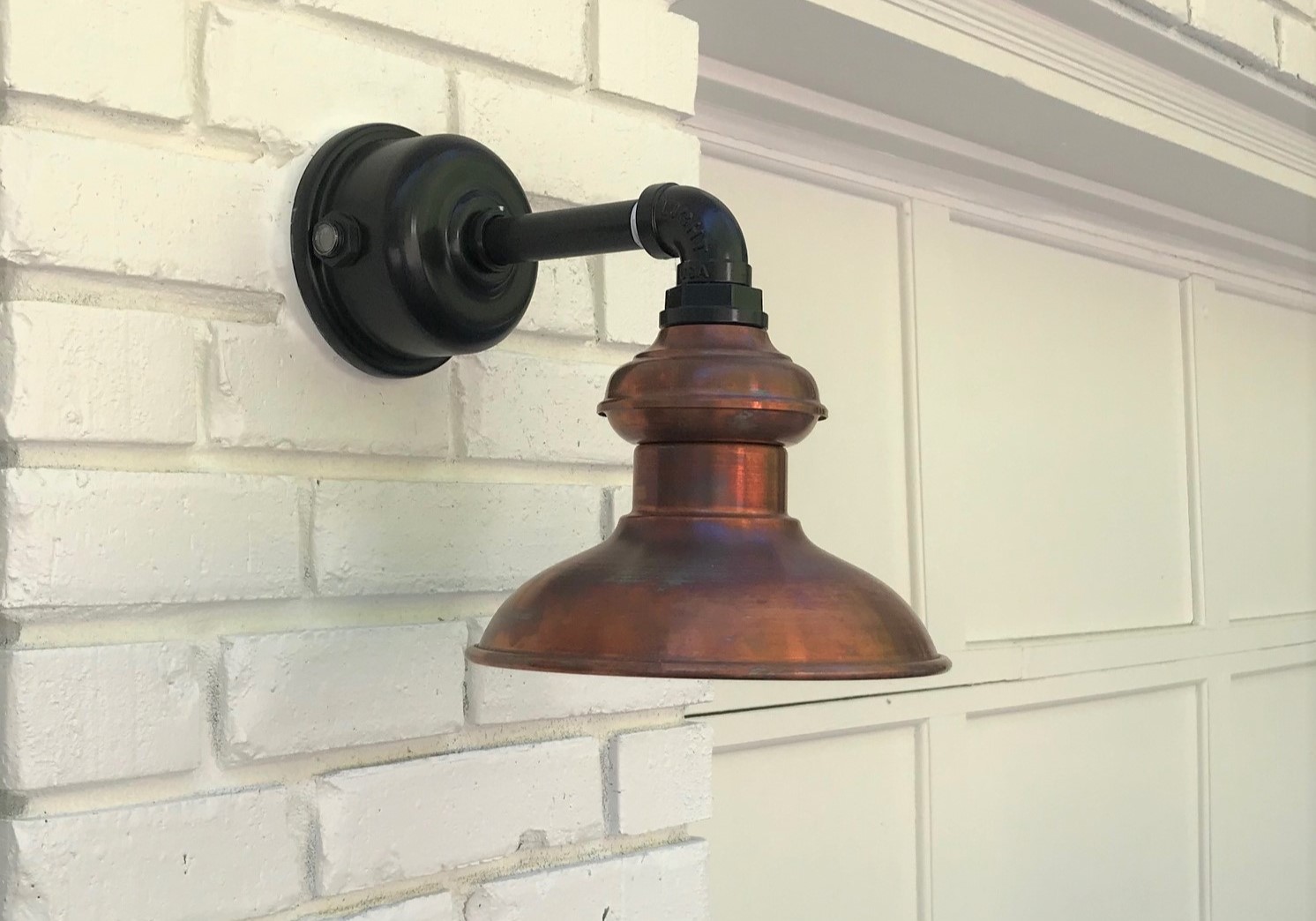
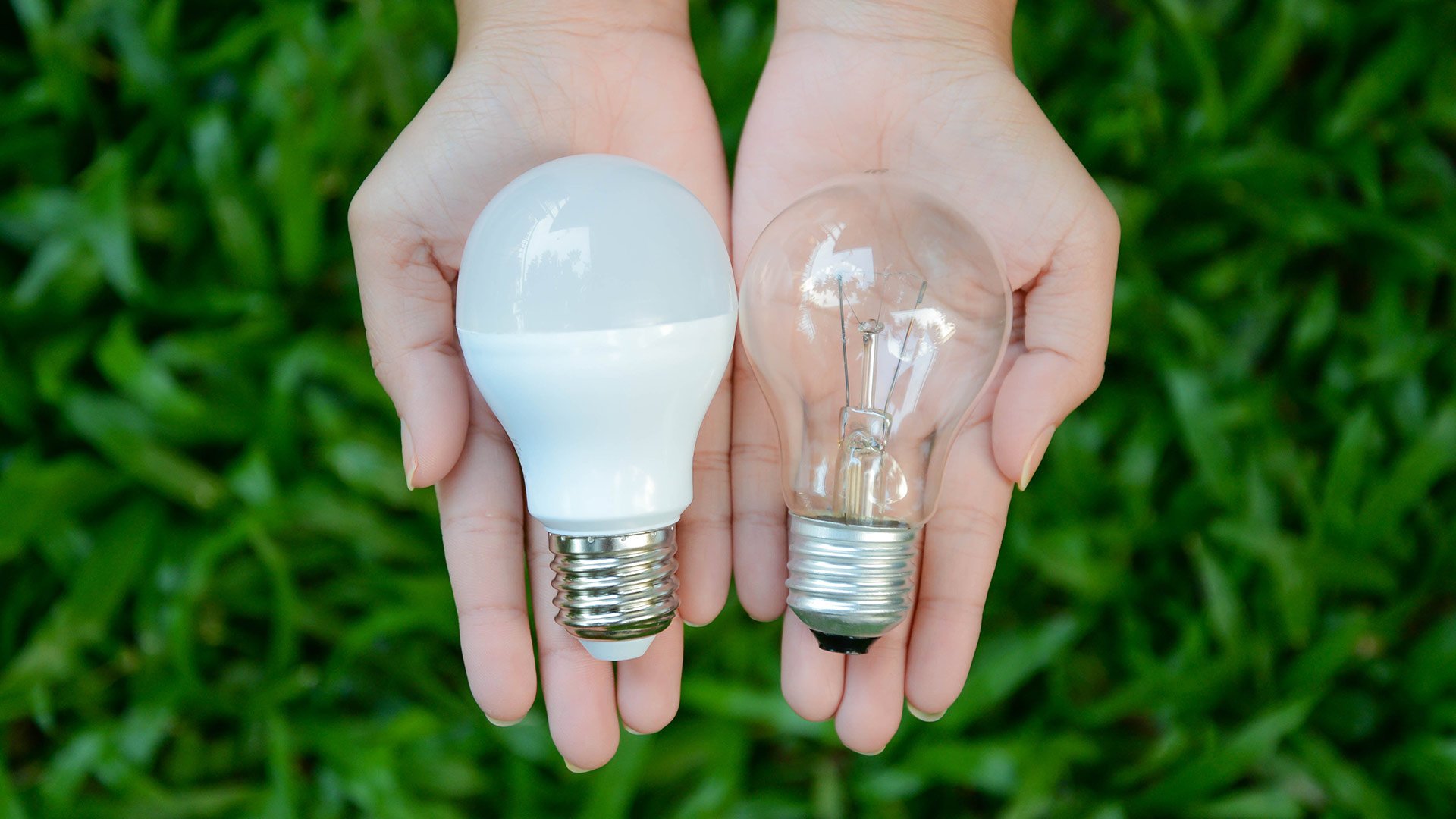
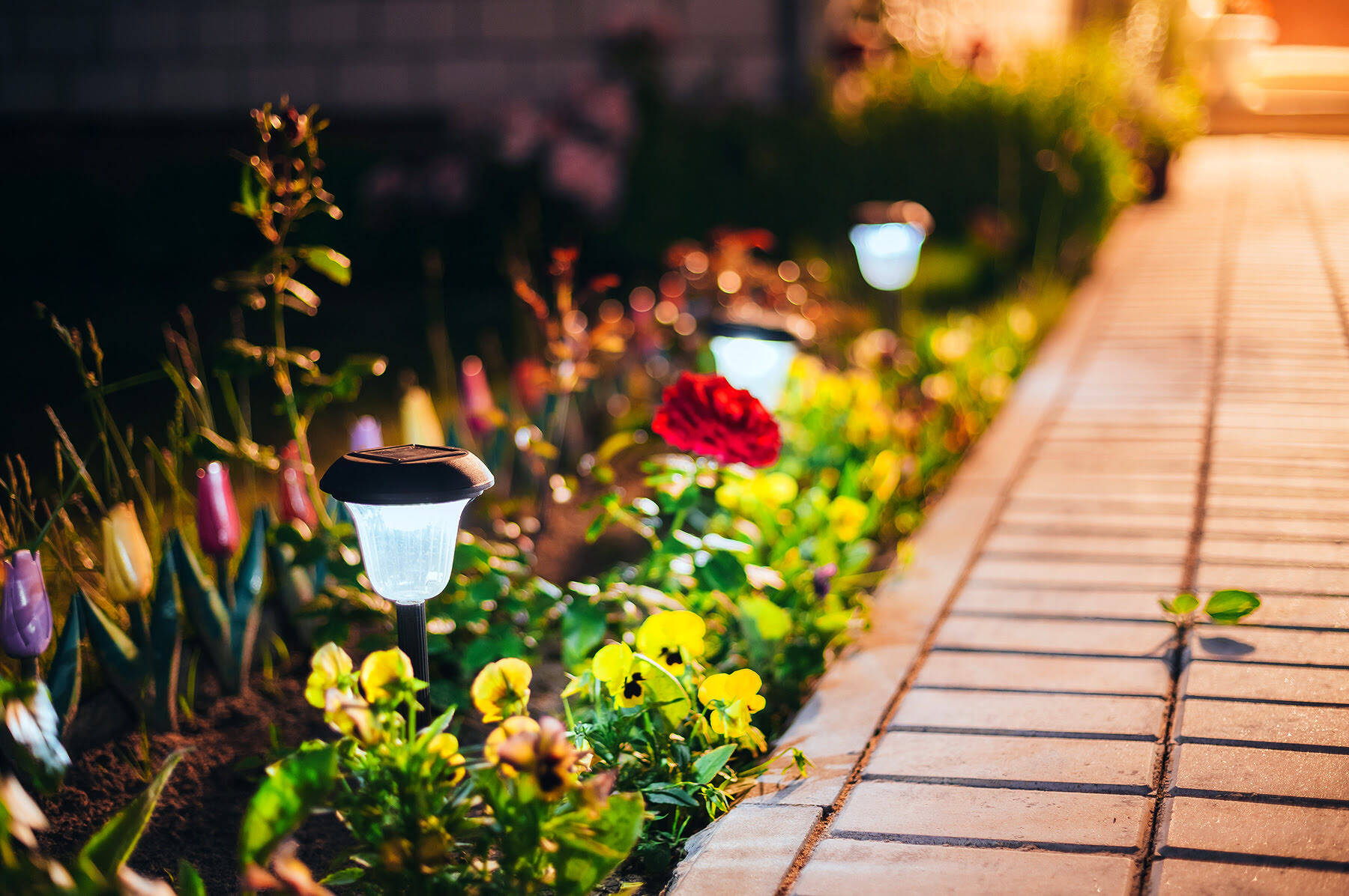
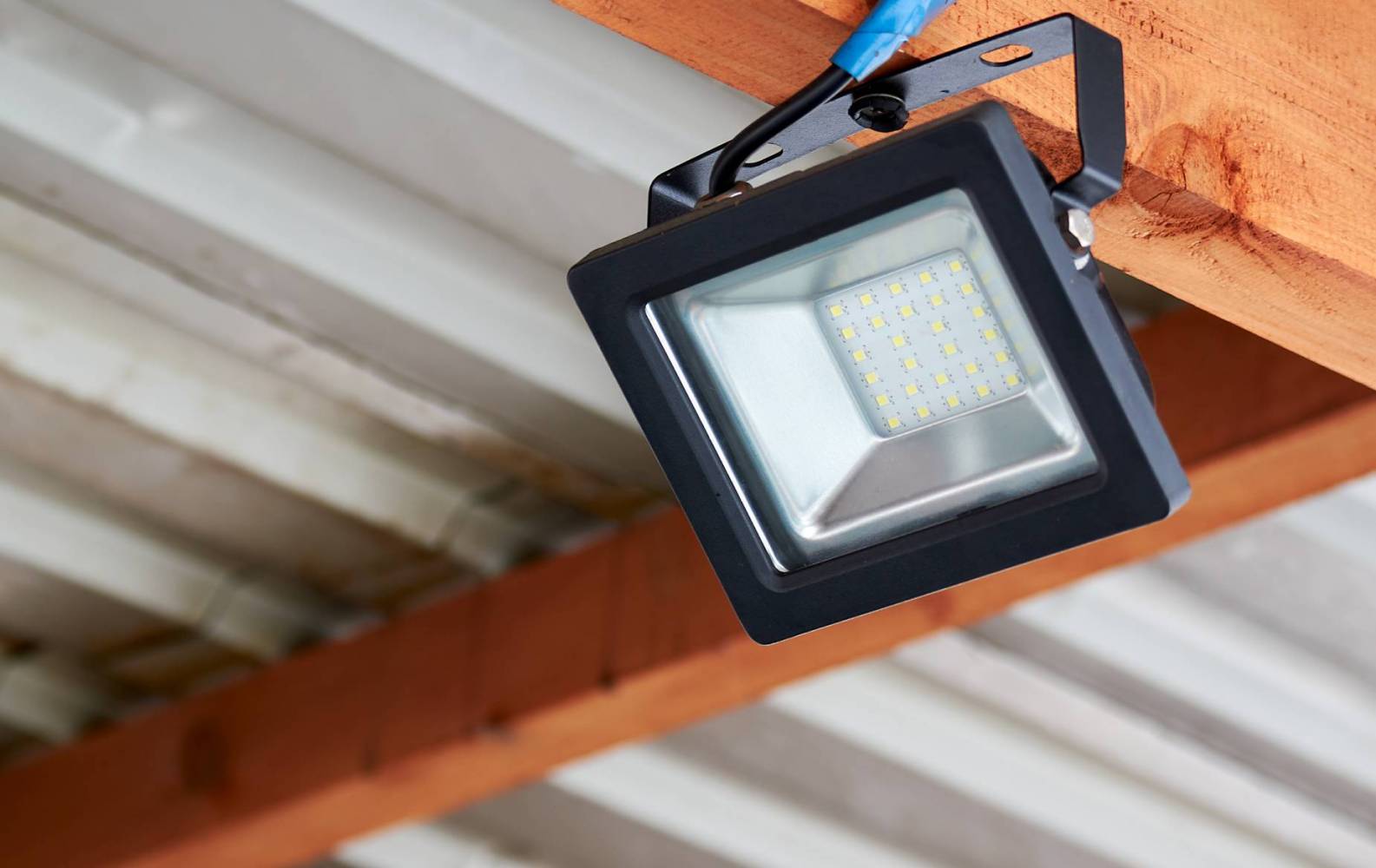
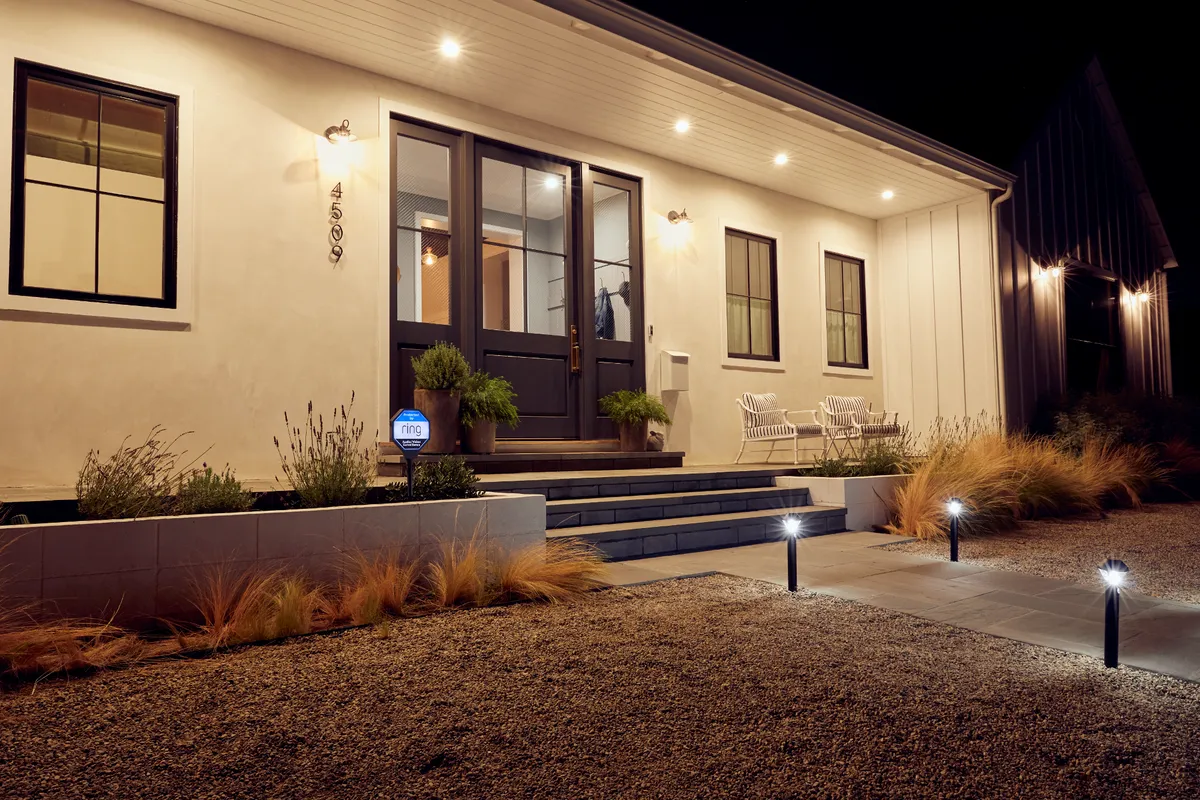
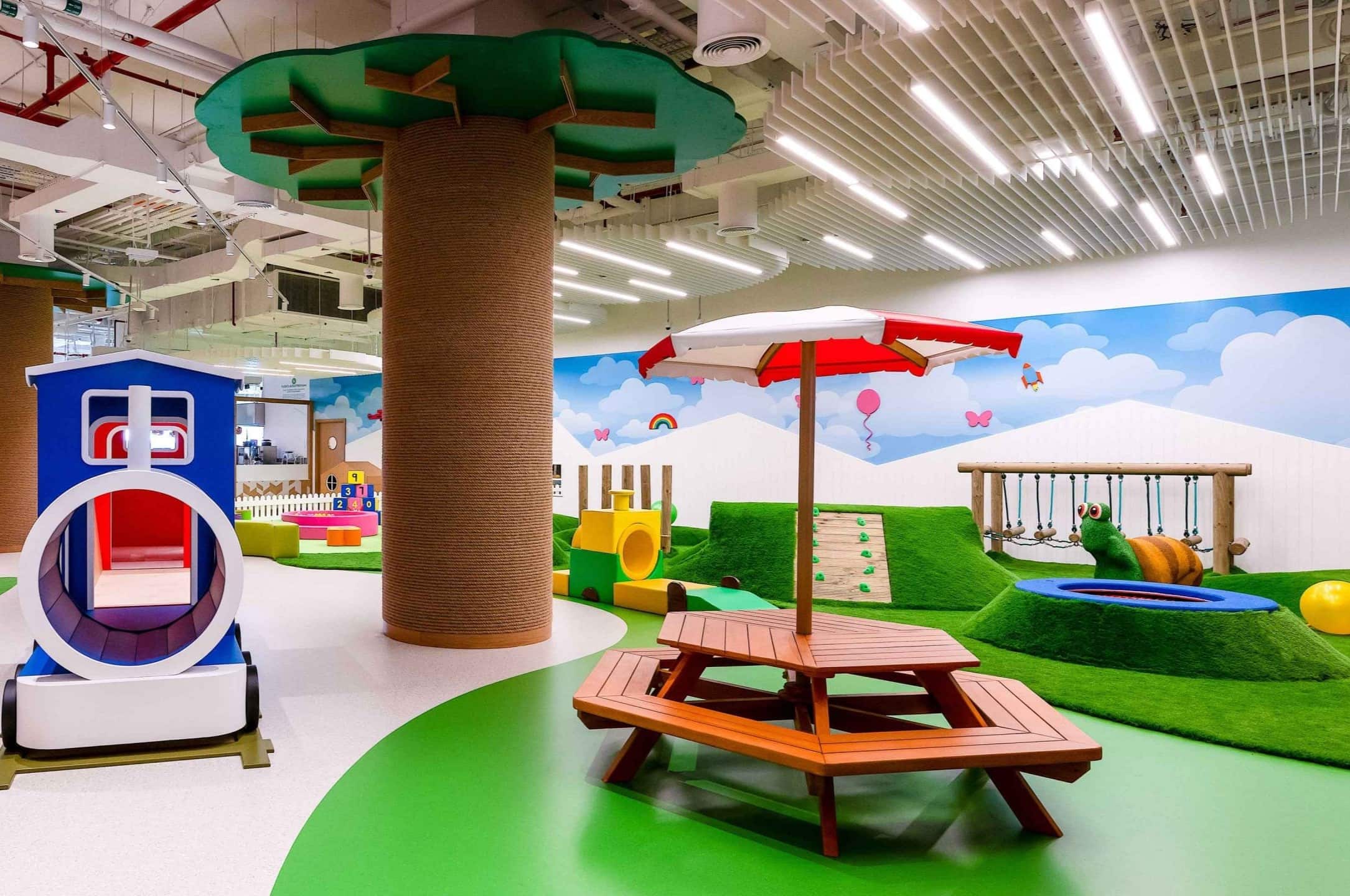

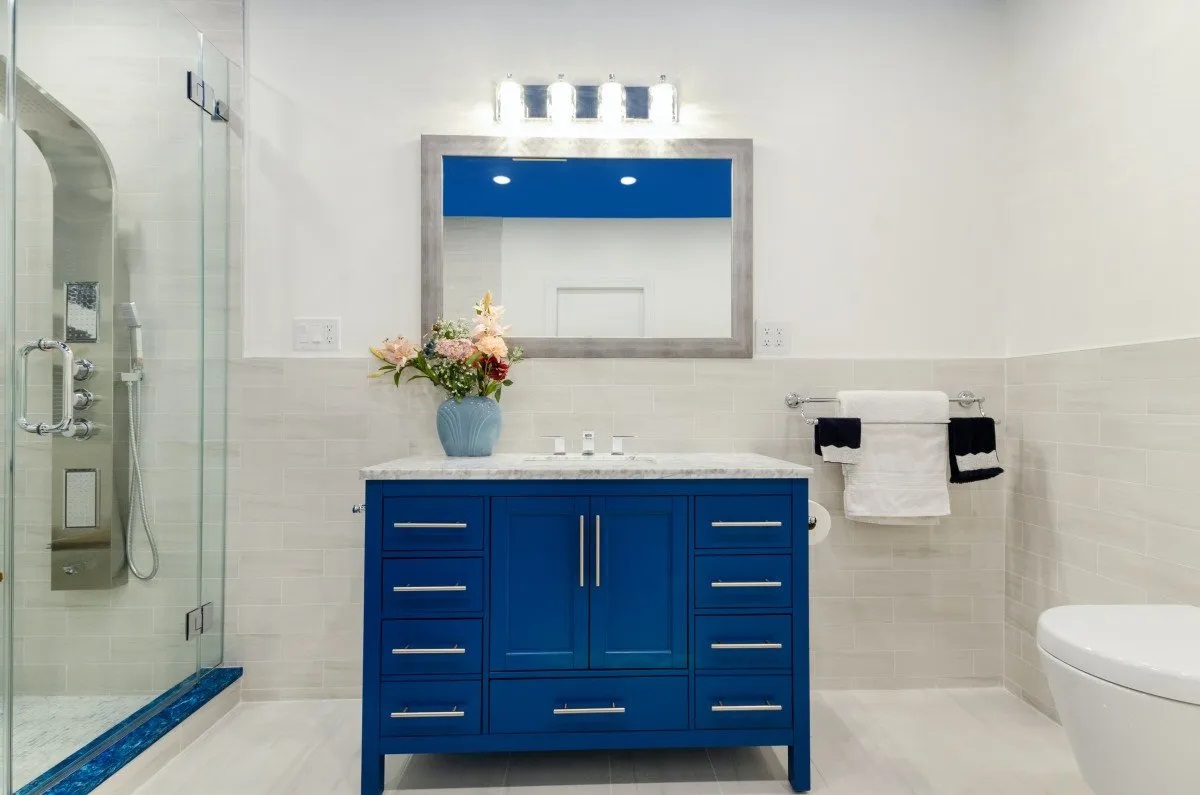
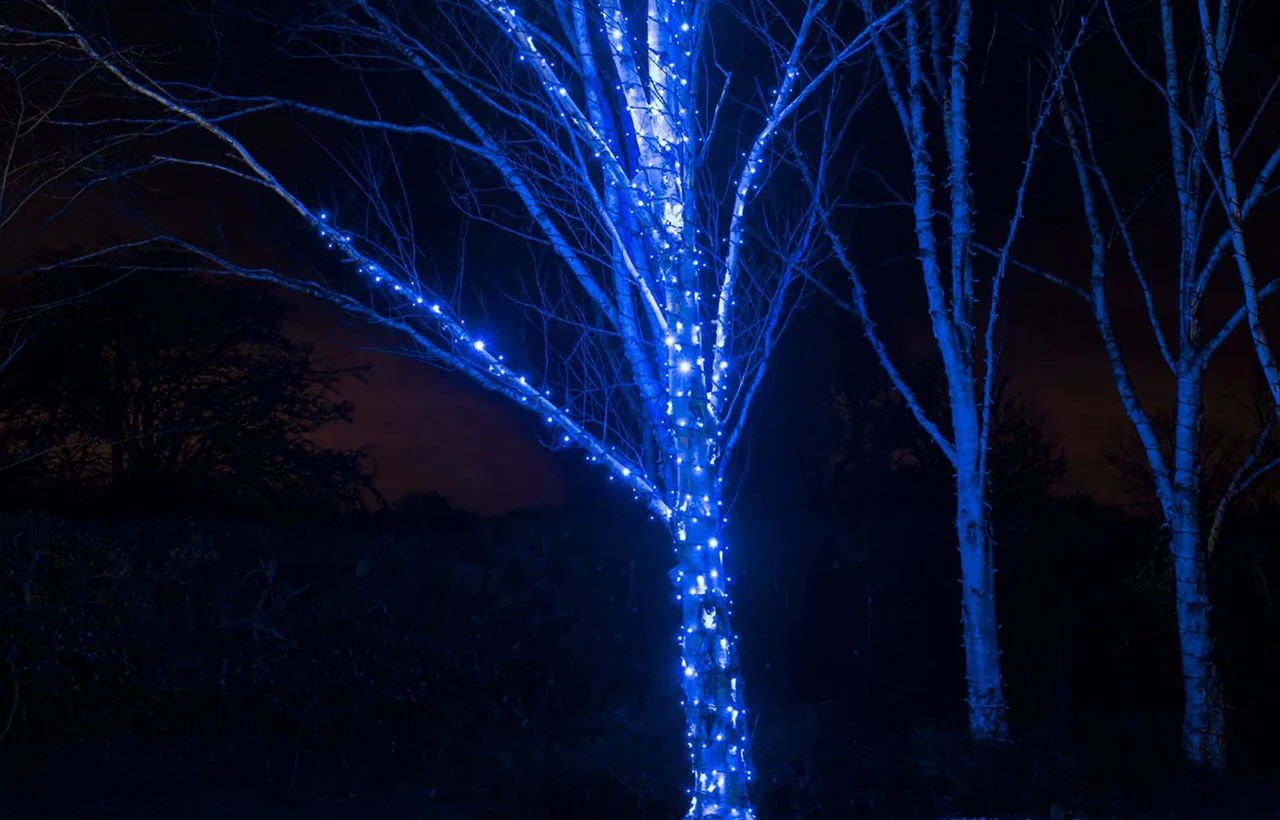

0 thoughts on “What Wattage Should Outdoor Lights Be”